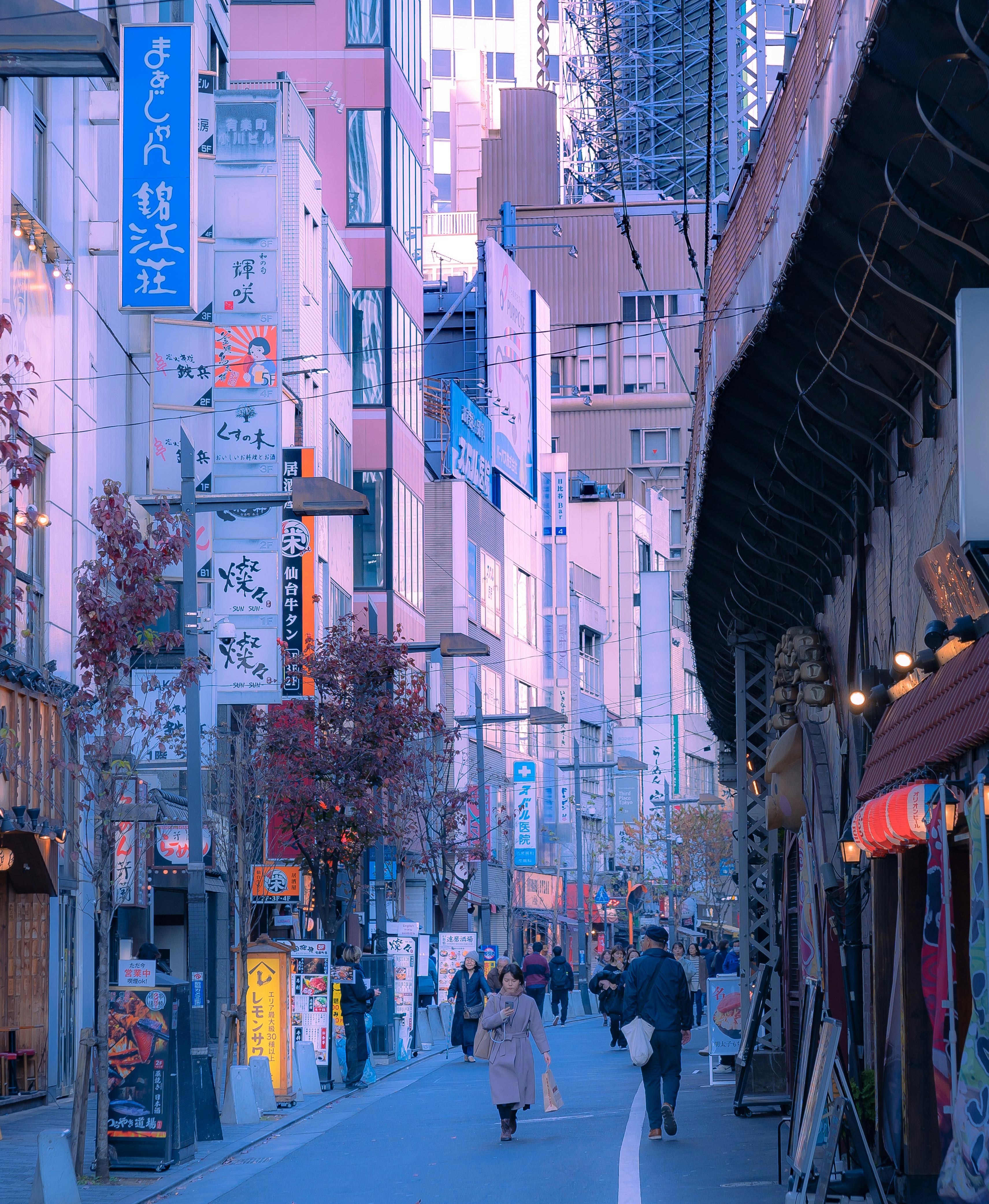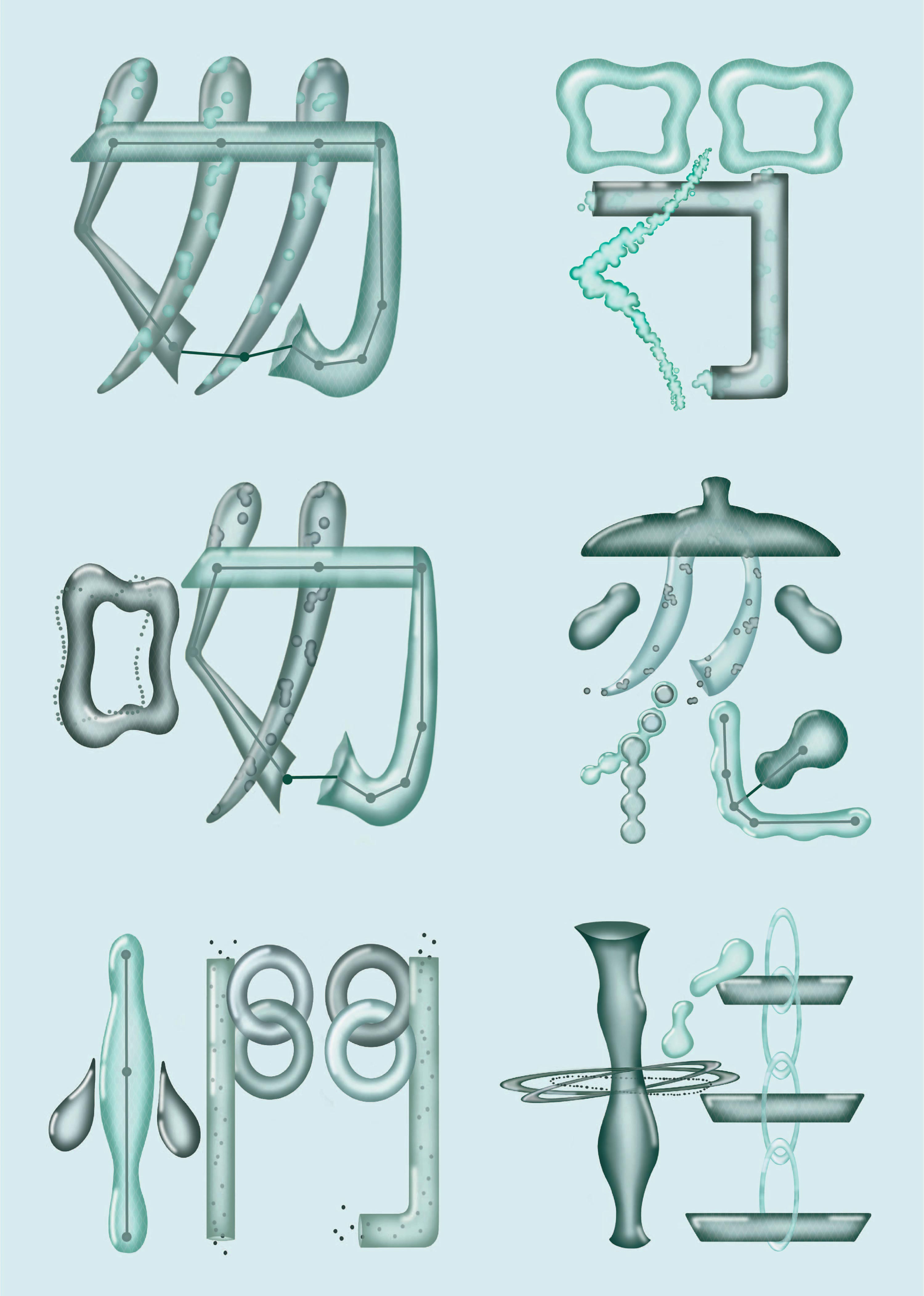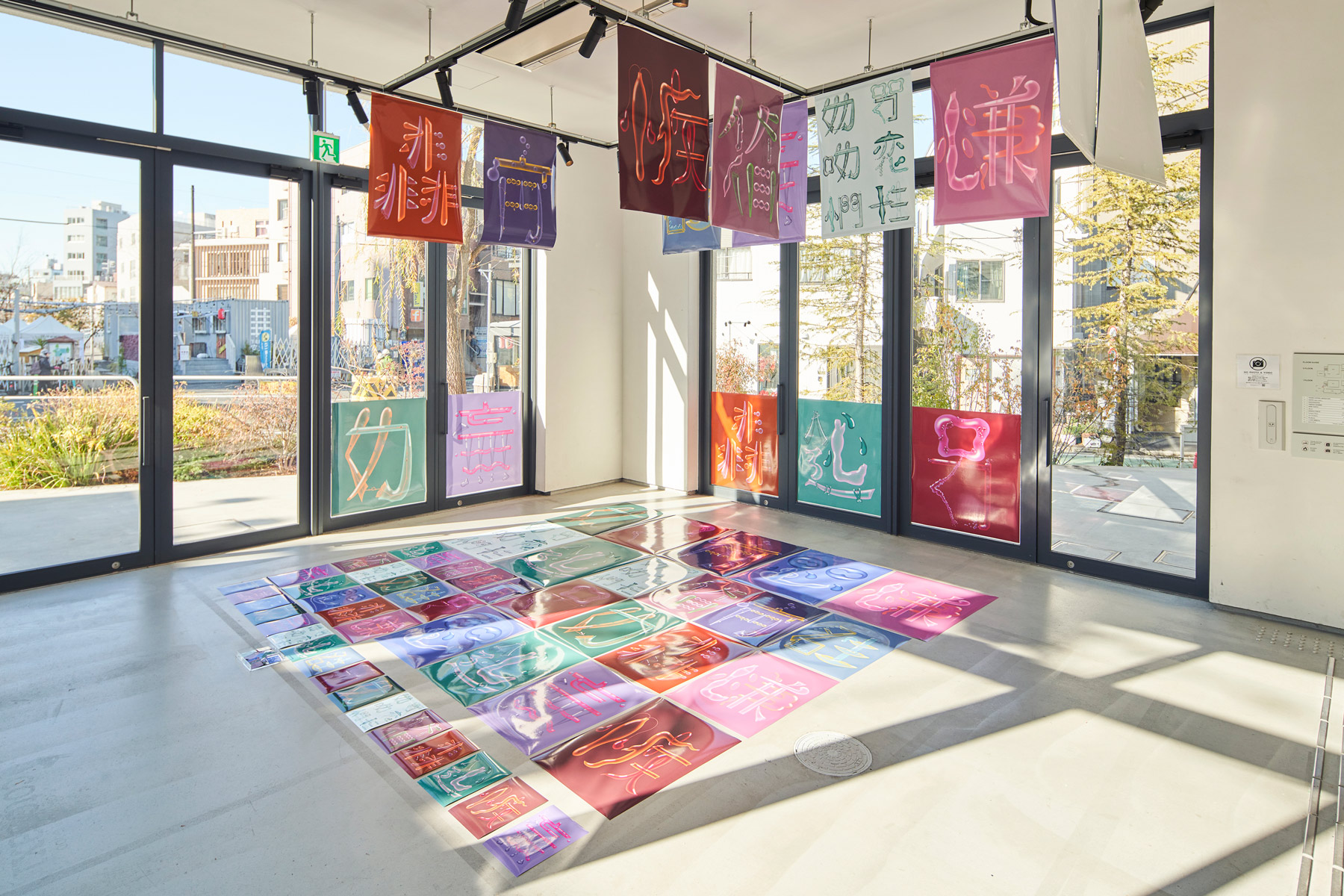Small big steps
Challenging gender prejudices
in Japan’s written language

Despite global efforts towards gender equality, we are all aware of the slow advancement and how necessary small and big steps are in breaking the glass ceiling. According to the World Economic Forum’s Gender Gap Report 2023, Japan’s gender parity ranking has slightly dropped for the second consecutive year, now at 125th out of 146 countries. Teikoku Databank’s July 2022 survey further highlighted that women hold a mere 9.4 per cent of managerial roles in Japanese companies. Responding to these figures, Japanese Prime Minister Fumio Kishida has set an ambitious target: women should make up 30 per cent of executive positions in major companies by 2030.
In a historic move, Japan Airlines has recently appointed its first female president. Mitsuko Tottori, a former flight attendant since 1985, is set to assume the role from 1 April 2024, succeeding the current president, Yuji Akasaka. This groundbreaking decision sets a precedent for other companies in Japan.
Japan Airlines aligns with other Japanese companies, aiming for a 30 per cent female representation in leadership positions across the entire group by the end of the fiscal year in March 2026. The company committed to “enhance corporate value and contribute to the growth and development of society.”


Language reflects the pulse of society, evolving alongside societal changes. The significance of inclusive language lies in its power to combat discrimination and stereotypes affecting gender roles and identity. It’s not merely an ideological or political matter but a transformation indicative of progress toward a fairer and more representative society.
In the realm of language and gender equality, Japan’s kanji writing system, “齾礄,” renders women nearly invisible, lacking kanji specifically inclusive of the LGBTQ+ community. Examples like the pronoun “she,” kanojo “蠿“,” implicitly containing the pronoun “he,” or kare “蠿,” underscore how women remain linguistically subordinate to the male figure, perpetuating an inequality rooted in the past. Simultaneously, the lack of representation for an entire community infringes upon freedom of expression and the right to be oneself. Prejudices embedded in kanji make it challenging to distinguish concepts like homosexuality and transgender identity, perpetuating invisibility and inhibiting individuals within the community.
To challenge these biases, the “LIVING KANJI: Modernising Script for a Changing Japan” exhibition emerges as an entirely innovative approach.
Through graphic posters, the exhibition redefines the narrative of 1,600 years of gender biases associated with the Japanese written language. Treating kanji as “living entities ready for change,” Living Kanji integrates LGBTQ+ identities into Japanese culture, creating the first-ever specific LGBTQ+ kanji. It also reconstructs the narrative of women in language, transforming the living kanji to incorporate “’” for “strength,” distancing it from its current representation of a kneeling woman. Acknowledging that toxic masculinity is not exclusive to minorities, part of the project is also directed towards men. The living kanji for “man,” or “肂,” replaces “field” with “洘” or “mouth,” inviting a breaking of barriers and encouraging open discussions about feelings.
The exhibition collaborates with creatives Hami (Miharu Matsunaga) and Adam Gothelf, alongside graphic designer Chiara Mendoli. The project doesn’t aim to replace traditional kanji but sparks a conversation about a more inclusive and aware Japan. The exhibition unfolded at the RELOAD Gallery in Tokyo’s Shimokitazawa district from 11 to 14 January 2024.
For more information visit the
Living Kanji Instagram account
 This publication was produced with the financial support of the European Union. Its contents are the sole responsibility of UCLG and do not necessarily reflect the views of the European Union.
This publication was produced with the financial support of the European Union. Its contents are the sole responsibility of UCLG and do not necessarily reflect the views of the European Union.